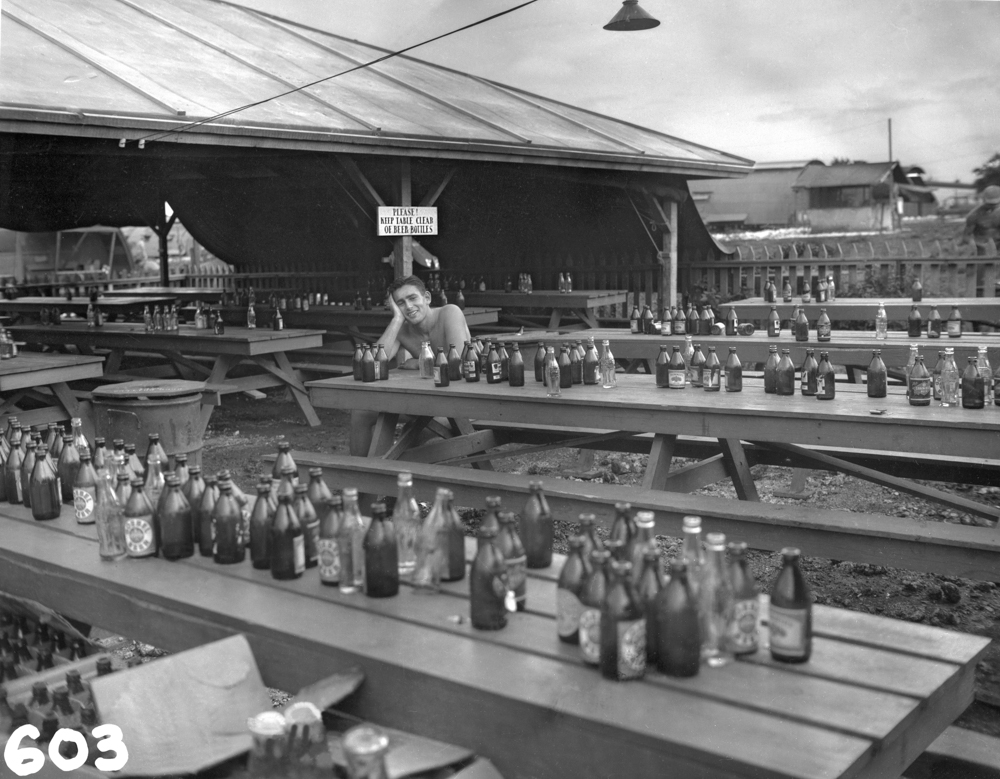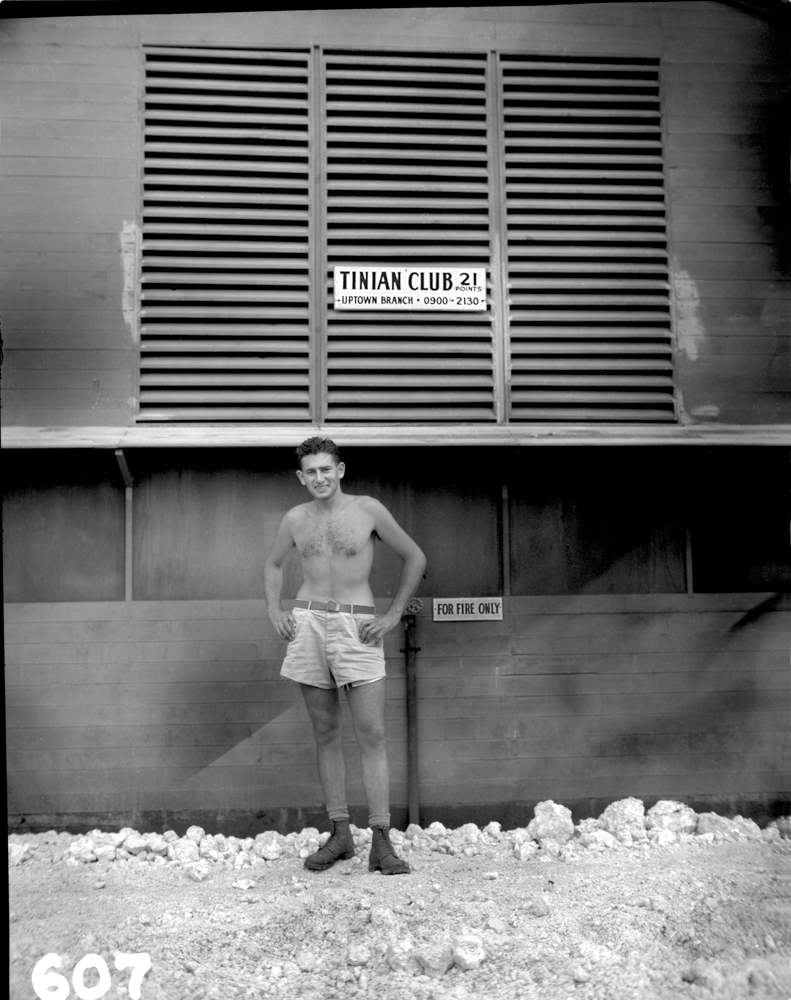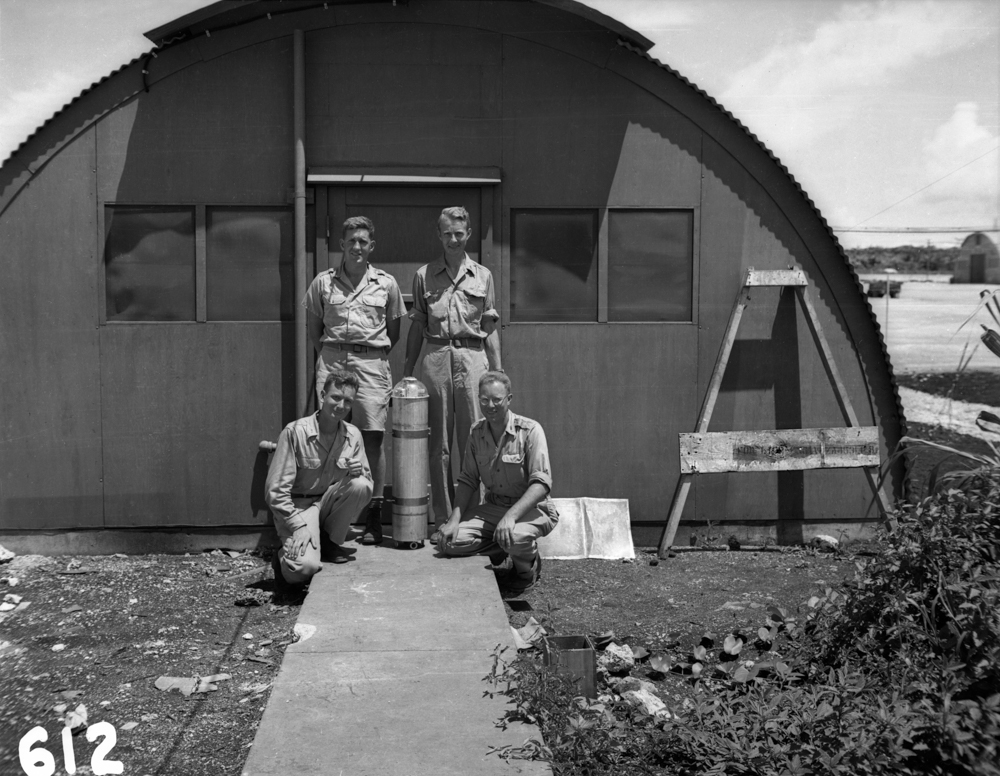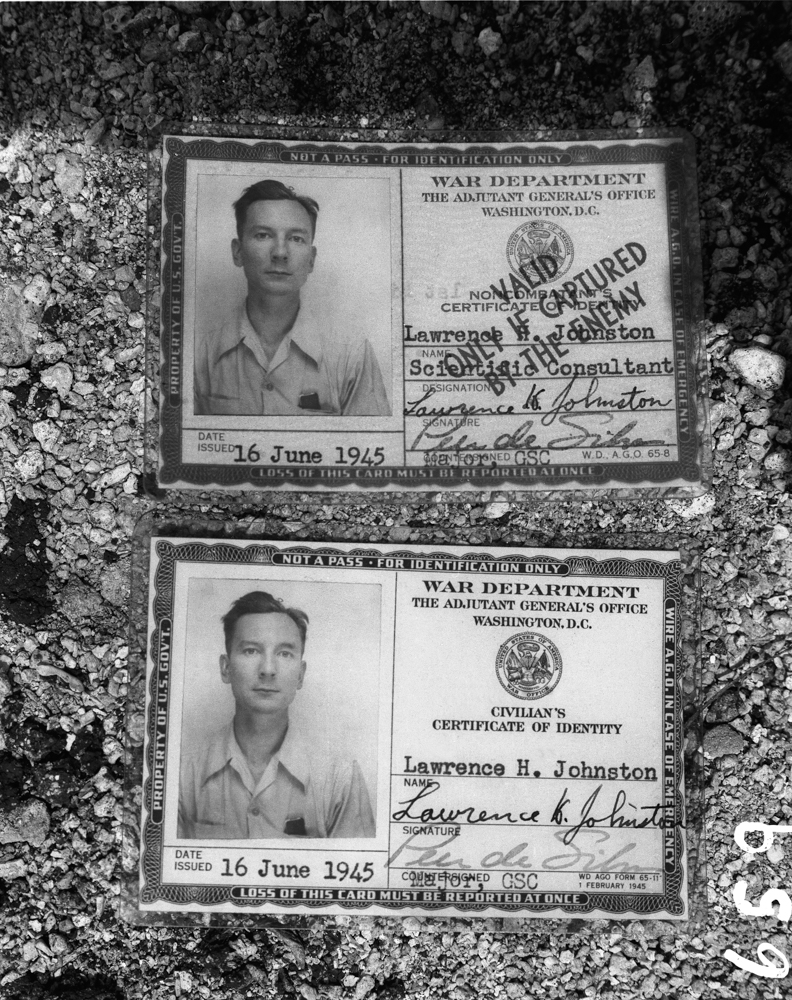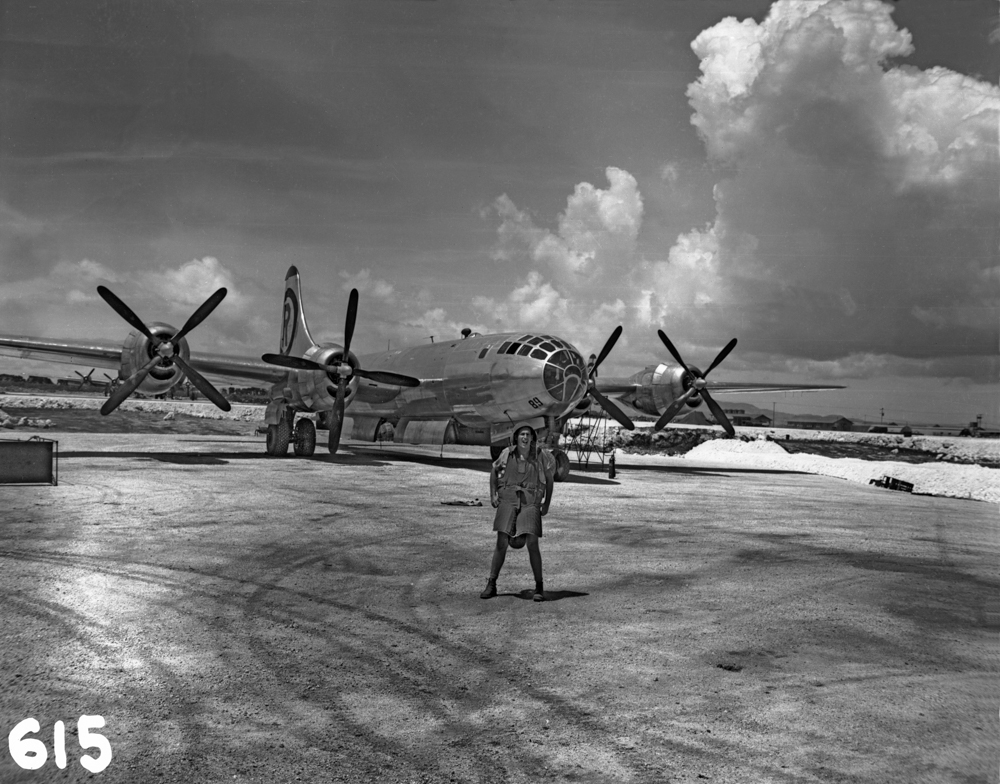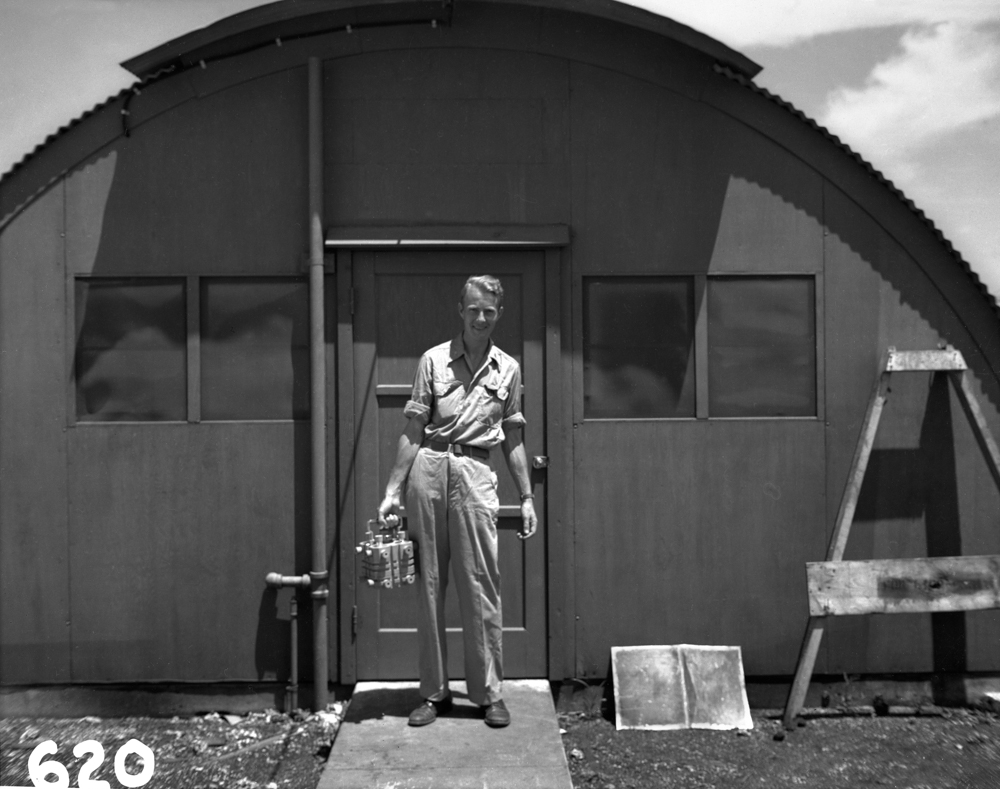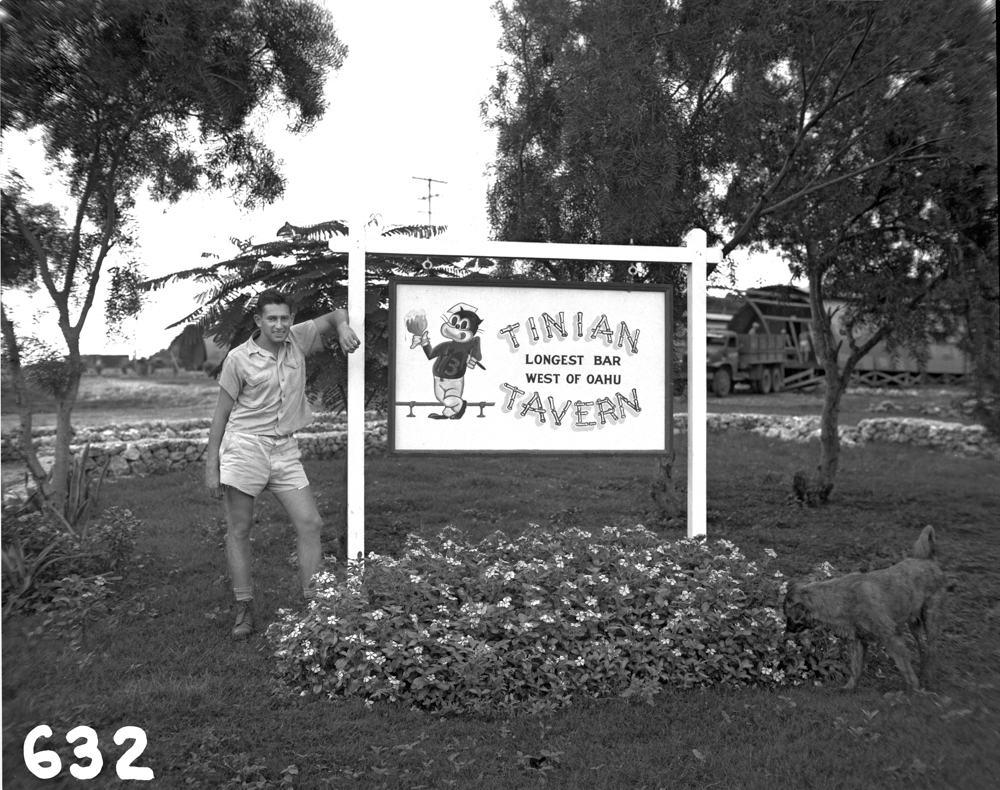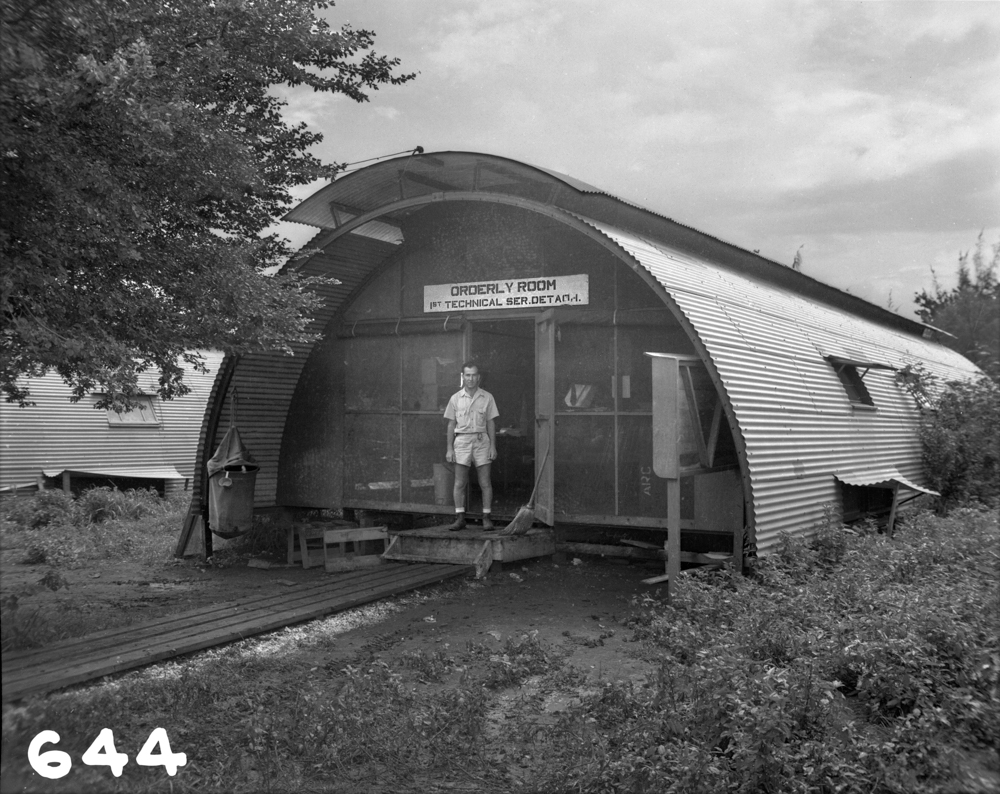Artist Blog
Every week an artist whose single image was published by Der Greif is given a platform in which to blog about contemporary photography.
Default Mode Network
Sep 29, 2017 - Alberto Sinigaglia
According to neuroscience our brain works through disributed nets and circuits, or rather nerve cells which set paths and can be concurrenlty activated during the esecution of cognitive tasks. The initials TPN (Task Positive Network) defines the neuronal circuit involved in a phase of attention but it concerns with the take-over of the actions to be done aswell the decisional stimuli.
On the other side when our brain isn’t focus on the external world and it is at wakeful rest, such as daydreaming and mind wandering status, the Default Mode Network is activated. The network activates “by default when a person is not involved in a task. it’s a introspective phase during which the individual is thinking about others, thinking about themself and planning the future completely detached from the present. Actually this phase of mental rest is deeply related with creativity and immagination.
Today we live under an abiding buzzing. Every single experience is documented, posted, shared, commented and judged. Minute after minure, second after second new images circulating on our devices, pictures that are not telling, opinions that are not saying which on the other side are inhibiting us from going in stand by mode. Let’s picture us to be in a room where everybody want to say everything at the very same time. A room where everything is important aslike everything else without gerarchy or order. A room where everything presetn itself as an imminence without rules. Our society seems to live all day long in that room. The collective default mode network seems to be jammed, leaving us with less selfconfidence, not able to look at the future and imagining it but rather with our gaze turned to the past.
We also might say that the use of the archive in photography, with its different declinations, reflects this DMN’s jamming of a more and more distracted society.
Looking at the archive it’s looking at the past. It’s the room where we find shelter
in order to reagain our certainties.
How we get out of this room depends on the modes we face and interacts with the archives both the ones form the past aswell the new ones that are constantly produced by contemporary devices. It’s necessary to identify new strategies of use and application of these materials and find new modes of crossing the archive so that the relationship with the images’ present is generative of thoughts and projects about the future.
Images from the archive of Los Alamos National Labs


